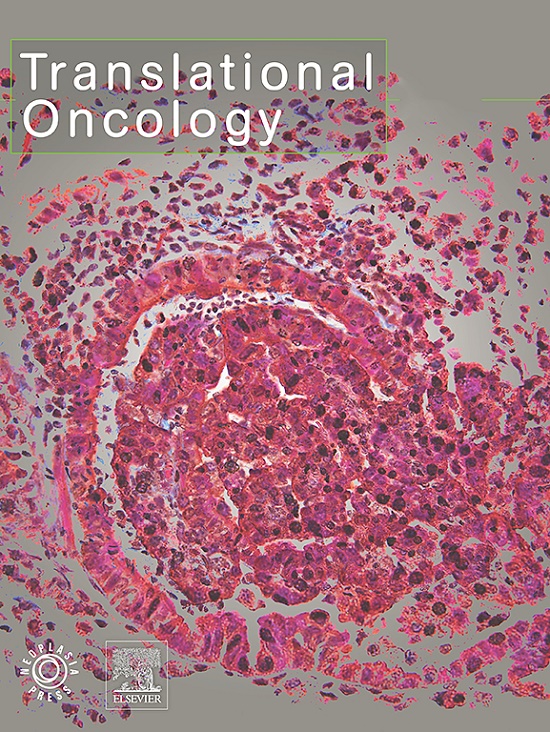Development and validation of a prognostic and drug sensitivity model for gastric cancer utilizing telomere-related genes
IF 5
2区 医学
Q2 Medicine
引用次数: 0
Abstract
Background
Gastric cancer (GC) poses a major global health challenge because of its unfavorable prognosis. Elevated telomerase activity has been linked to the rapid growth and invasiveness of GC tumors. Investigating the expression profiles of telomerase could improve our understanding of the mechanisms underlying telomere-related GC advancement and its applicability as potential targets for diverse therapeutic strategies for GC.
Methods
The TCGA and GEO databases were utilized to access transcriptome and clinical data related to GC. After assessing differentially expressed genes (DEGs), a prognostic risk model was developed through Cox univariate regression, LASSO–Cox regression. The prognostic risk model was validated using data from the GSE62254 cohort. The significant influence of the risk model on the tumor immune microenvironment (TIME) and its sensitivity to various drugs was assessed.
Results
Differential expression analysis identified 328 significantly telomere-related DEGs in GC, with 35 of them showing a significant association with GC prognosis. A predictive risk model composed of four telomere-related genes (TRGs) was established, enabling the accurate stratification of GC patients into two distinct prognostic groups. The LASSO risk model demonstrated notable variations in immune-cell infiltration and drug sensitivity patterns between high- and low-risk groups.
Conclusions
The study establishes suggestive relationships between four TRGs (LRRN1, SNCG, GAMT, and PDE1B) and the prognosis of GC. The comprehensive characterization of the TRG model reveals their possible roles in the prognosis, TIME, and drug sensitivity in GC.
利用端粒相关基因的胃癌预后和药物敏感性模型的开发和验证。
背景:胃癌(GC)因其预后不良而成为全球健康面临的主要挑战。端粒酶活性升高与胃癌肿瘤的快速生长和侵袭性有关。研究端粒酶的表达谱可以提高我们对端粒相关GC进展的机制的理解,以及它作为各种GC治疗策略的潜在靶点的适用性。方法:利用TCGA和GEO数据库获取与GC相关的转录组和临床数据。在评估差异表达基因(DEGs)后,通过Cox单因素回归(LASSO-Cox回归)建立预后风险模型。使用来自GSE62254队列的数据验证预后风险模型。评估风险模型对肿瘤免疫微环境(TIME)及其对各种药物敏感性的显著影响。结果:差异表达分析发现328个与GC端粒相关的DEGs,其中35个与GC预后显著相关。建立了由四个端粒相关基因(TRGs)组成的预测风险模型,将GC患者准确分层为两个不同的预后组。LASSO风险模型显示,免疫细胞浸润和药物敏感性模式在高风险组和低风险组之间存在显著差异。结论:本研究建立了LRRN1、SNCG、GAMT、PDE1B四种TRGs与胃癌预后的相关性。通过对TRG模型的综合表征,揭示了其在GC预后、TIME、药物敏感性等方面可能发挥的作用。
本文章由计算机程序翻译,如有差异,请以英文原文为准。
求助全文
约1分钟内获得全文
求助全文
来源期刊

Translational Oncology
ONCOLOGY-
CiteScore
8.40
自引率
2.00%
发文量
314
审稿时长
54 days
期刊介绍:
Translational Oncology publishes the results of novel research investigations which bridge the laboratory and clinical settings including risk assessment, cellular and molecular characterization, prevention, detection, diagnosis and treatment of human cancers with the overall goal of improving the clinical care of oncology patients. Translational Oncology will publish laboratory studies of novel therapeutic interventions as well as clinical trials which evaluate new treatment paradigms for cancer. Peer reviewed manuscript types include Original Reports, Reviews and Editorials.
 求助内容:
求助内容: 应助结果提醒方式:
应助结果提醒方式:


